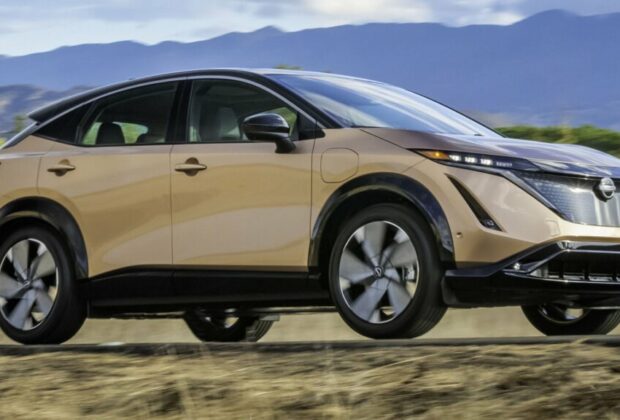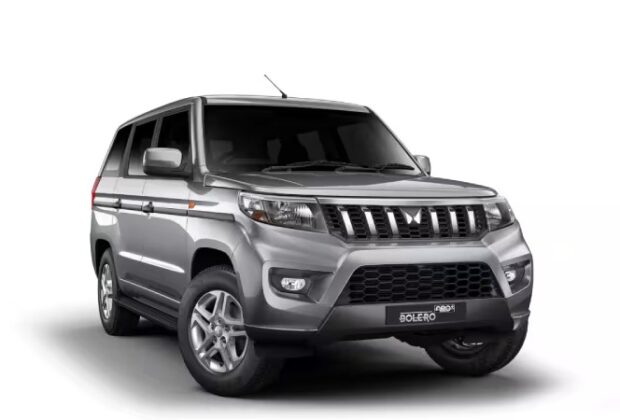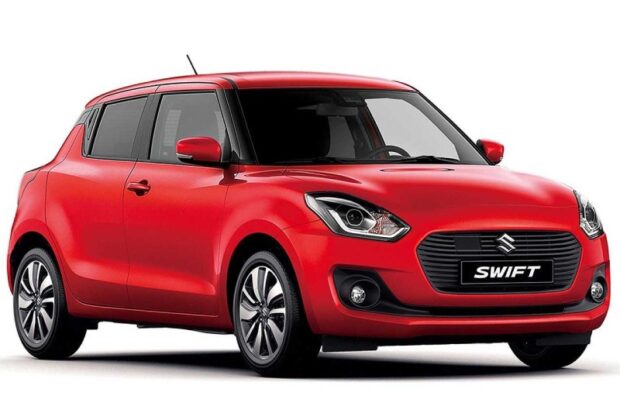The new C3 Aircross from Citroen has been unveiled, and it will compete with vehicles like the seven-seat Dacia Jogger.
There will be a selection of petrol, hybrid, and electric powertrain options available; more information will be disclosed closer to the car’s later-in-the-year introduction date.
The new C3 Aircross has expanded externally, reaching a length of 4.39 metres.
Along with having a vertical front end housing the Citroen insignia and sharing the same platform with the new C3, it also has comparable design characteristics.
Additionally, buyers will have the choice of painting their Aircross in two different tones, and they can alter the colour of the colour clips that are positioned on the bumper and rear quarters.
This new model is no longer a crossover; instead, it’s an SUV. Citroen explains that the larger outside dimensions will help expand the cabin capacity, providing more headroom and legroom for second row passengers and ample space for third row passengers.
The C3 Aircross has not only gotten longer and bigger than the outgoing model, but it now sits higher off the ground, offering the driver and passengers more sight when driving and more ground clearance.
The next generation C3 Aircross will be completely unveiled this summer, with further information on the car’s release date, pricing, and features to come.
Read Full Article













